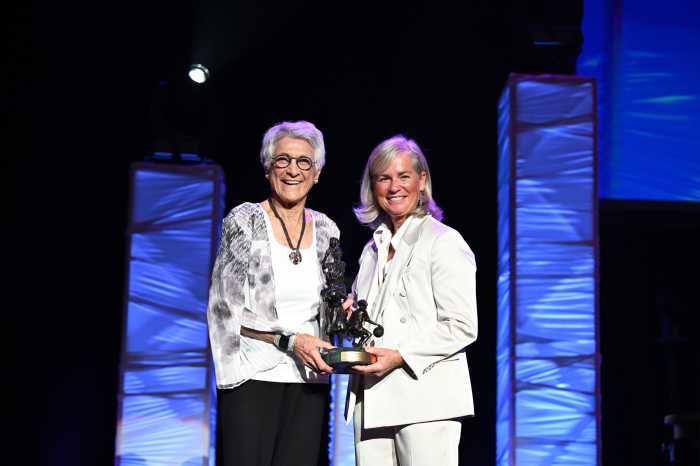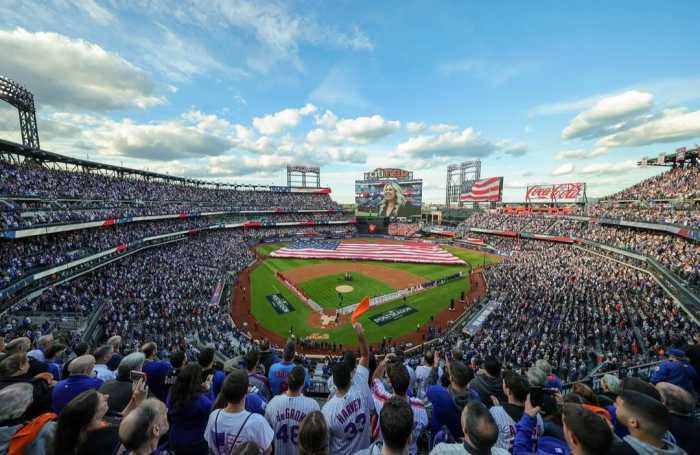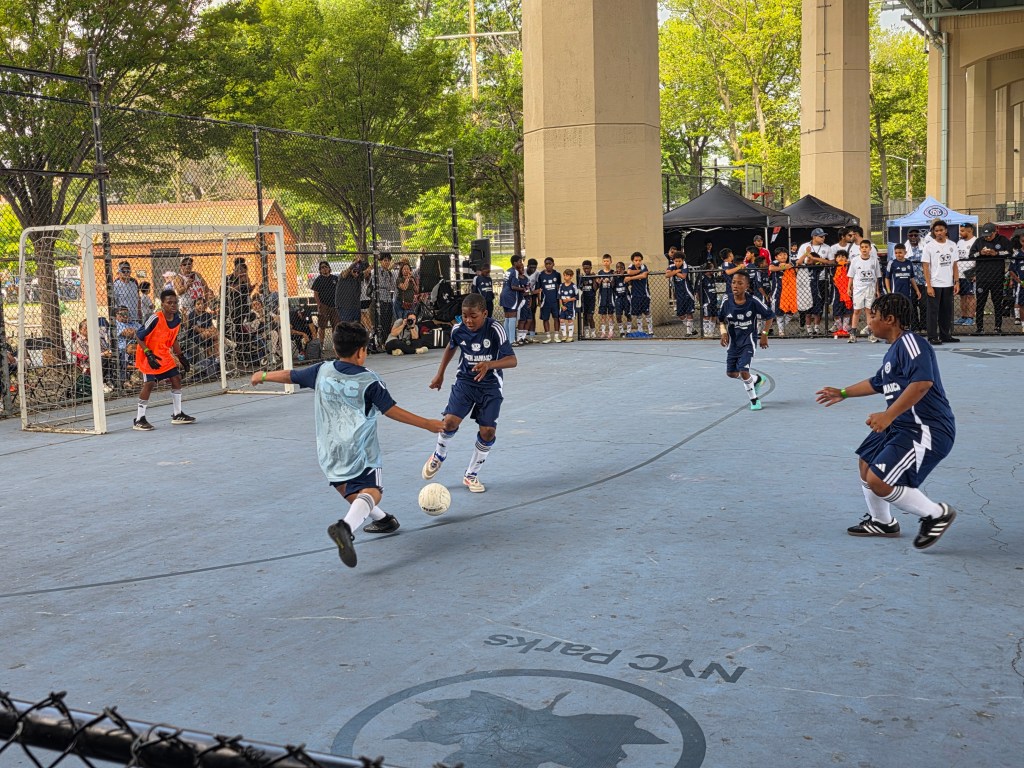Freddy Parra and Carlos Guzman always wanted to play professional baseball.
Each went to John Adams in search of that goal. The two led the Spartans to back-to-back final four appearances, furthering a stretch of Queens dominance under Manager Glenn Beyer.
When Parra arrived as a freshman, Guzman took him under his wing at Adams, much the way Sean Bell - the 23-year-old Jamaica native who was killed by three police officers while leaving his bachelor party at Club Kalua November 25 - did for him. Guzman and Parra knew each other through summer ball, the reason Guzman encouraged Parra to attend the Ozone Park school.
“Freddy reminded me of me when I was young,” Guzman said. “He had a bunch of talent. The person who helped me was Sean Bell. He was a big mentor of mine. I was a real knucklehead. He brought me aside and helped me out. What he did for me, I did for Freddy.”
Years later, the two are playing in the low Single-A Gulf Coast League, Parra with the Yankees, Guzman with the Mets.
The 5-foot-11, 190-pound Parra, 19, is behind several other catchers, while Guzman is playing everyday as the designated hitter due to an arm injury. In 16 games, he is batting .226 with one homerun and nine RBIs, 11 walks, and two stolen bases.
“Everybody is as good as you or better,” Guzman said. “It’s a good challenge to see where you’re at.”
“He’s got a nice swing; he’s a great kid,” Manager Juan Lopez said. “He’s trying to learn every day. He’s trying to get better every day.”
While neither is what either the Mets or Yankees would classify a prospect, both call their experience up to this point in Florida a dream come true. Guzman has chatted with such Mets as Pedro Martinez, Orlando “El Duque” Hernandez, Moises Alou, David Wright, and Julio Franco. Parra, likewise, has met just as many big-name Yankees.
“It’s weird,” Guzman said, “because one minute you’re home watching ESPN, and they’re on T.V., and the next thing you know, you’re in the same locker room with them talking to them. I got a lot of autographs.”
“It’s a great feeling,” Parra said.
Each thrived in college baseball, yet both thought at one point they would never get their shot.
Guzman was never drafted, bypassed after high school. Several scouts suggested he pitch, which he did occasionally at Adams, but refused. Guzman, a natural 6-foot-2, 190-pound outfielder with a cannon for a right arm, went on to Western Oklahoma Junior College, where he shined, batting .320 with nine homeruns. However, he grew lonely in the Midwest, made more troubling by his grandmother’s illness and even worse when she passed away.
After his first year, he transferred to Brookdale Community College (Lincroft, New Jersey). He really improved there, becoming a Junior College All-American, and leading them to the Junior College World Series with a .330 batting average, 10 homeruns and 42 runs batted in.
Following that season, though, he was skipped in the draft. One Philadelphia Phillies scout told Beyer he had Guzman going in the top 10 rounds, but for some reason he was never selected.
No matter, Guzman caught his break that summer. One day, through an intermediary, Jose Genaro Jorge, who many in baseball circles call a talent finder, he got a tryout at the Bronx’s Crotona Park in front of several major league scouts. The Mets’ talent evaluator, Ramon Pena, liked what he saw, and Guzman was inked hours later at Shea Stadium.
Parra, on the other hand, was picked by the Cincinnati Reds in the 47th round of the 2006 draft after his freshman year at Connors State College (Warner, Oklahoma). He decided to remain in college another year, but due to American citizenship issues, was bypassed. Through Guzman’s father, Carlos Sr., he also met Jose Genaro Jorge, and got a similar tryout in Crotona Park. Days later, Parra was a New York Yankee.
“It was wild; it was crazy,” he said. “I couldn’t believe it. I never thought (I would sign) with the Yankees.”
Beyer remembers the first time he saw both play. Guzman had the slim, athletic build of a budding star, and would go on to become one of only a few freshmen to start, with what Beyer labeled a “plus-plus arm.” Parra, an outfielder upon entering the school, overthrew the backstop during his first practice. At the time, Beyer flippantly said he wouldn’t make the team. Parra would nevertheless become one of the best catchers in the school’s talent-rich baseball history.
Beyer refused to take much credit for Parra and Guzman’s development into pro ballplayers - they arrived at Adams with talent, he said.
“It means I wasn’t a very good coach - we should’ve won a city championship,” he said wistfully. “There is pride that they both are playing minor league ball. I’m thrilled.”
Parra and Guzman are just the second and third players to play professional ball under Beyer. What makes him even happier are the strides they are making off the field. The last time Guzman visited the team, he spoke with the current Spartans about his days there.
“It was unbelievable,” Beyer said. “It came from the heart. He said to them how he wished he could do it again. He matured so much since the last time he spoke to them.”
When he was in high school, the immature Guzman, 21, clashed with Beyer, swinging through take signs or missing the occasional practice. The same happened to Parra one day, early one March. It was snowing, and Parra, who lived in nearby Howard Beach, just 20 blocks from the school, didn’t show up, while Beyer came all the way from New Jersey.
The lessons, obviously, have sunk in.
“We played two years together. I mean this is a dream, a dream come true,” Guzman said. “We both had a lot of talent, but sometimes people end up in bad places, things happen. The chips fell where they did, and it happened.”
The two would often get letters from scouts and colleges during their days at Adams. They always talked about pro ball, even though by the time Parra became a junior, Guzman was en route to Western Oklahoma Community College.
“One day I told him, ‘I’m going to see you up there,’ ” Parra recalled, referring to professional ball. “He looked at me and laughed.”
In the not so distant future, they may meet again.


































